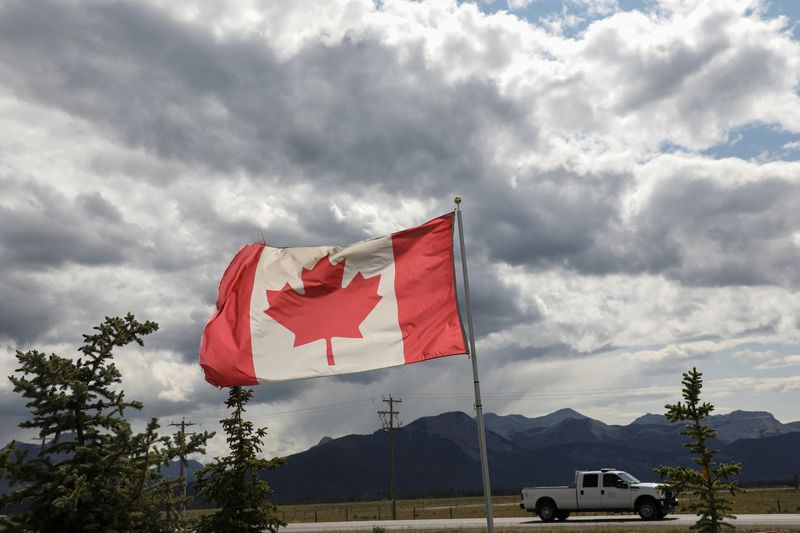IREN proposes $875 million convertible notes offering due 2031
Investing.com -- Prime Minister Mark Carney has unveiled a sweeping military pay increase as part of a C$9 billion investment in Canada’s defense capabilities, a move that positions the country to meet its NATO target of allocating 2% of GDP to defense spending by year-end. The new raises, ranging from 8% for colonels and above to 13% for lower ranks, will cost the federal government approximately C$2 billion annually.
In a speech delivered at Canadian Forces Base Trenton, Carney framed the pay increases as a matter of both national security and fairness. “These are the men and women we trust to wear the maple leaf, the Canadian flag, and to risk their lives for it,” he said, emphasizing the growing demands on the armed forces in the face of global instability.
The initiative also introduces a Military Service Pay benefit, tied to years of uniformed service, and support programs for combat training and high-risk domestic deployments, such as wildfire emergencies.
The pay hike and supporting incentives are part of a broader realignment of Canada’s defense posture in response to mounting global challenges and aging military assets. With only one of Canada’s four submarines currently seaworthy and less than half of the maritime fleet operational, the federal government plans to overhaul procurement processes and expand domestic defense manufacturing capabilities.
Carney underscored Canada’s intention to meet a longer-term NATO commitment of spending 5% of GDP on defense annually by 2035, quadrupling current spending levels. He called the investments “a generational shift,” and noted, “Canada has not seen something like this since the late 1990s.”
The announcement arrives amid renewed scrutiny of Canada’s emergency preparedness, as wildfires and climate-induced disasters prompt increased military deployments domestically. Carney cited the armed forces’ role in evacuating over 6,000 Canadians and delivering humanitarian aid to Gaza, calling it “the forces at its best in one of the worst situations in the world.”
With the revised compensation structure and expanded investment, the Carney government aims to reverse recruitment shortfalls and improve retention rates across Canada’s military branches.
